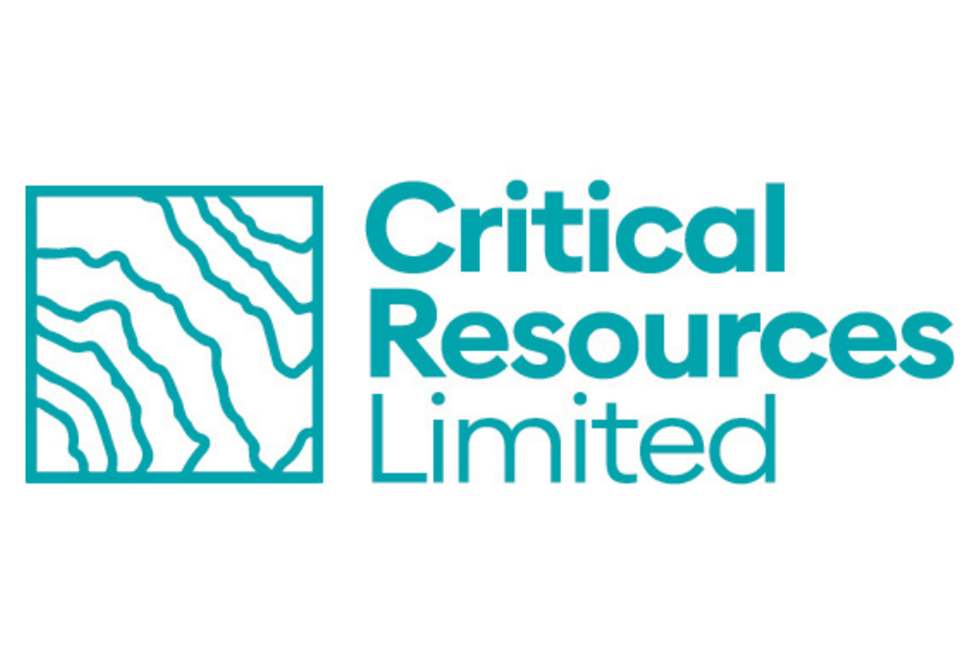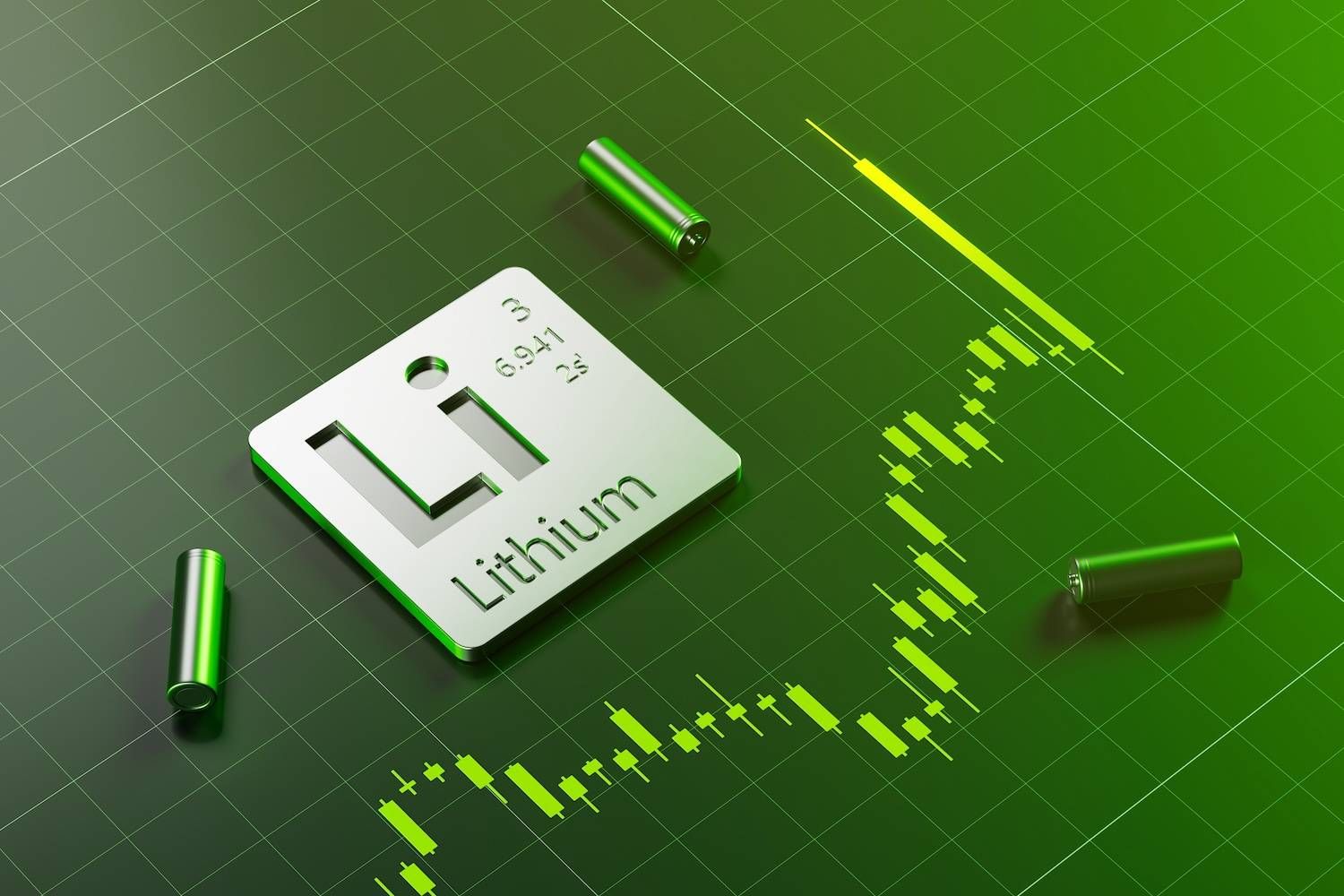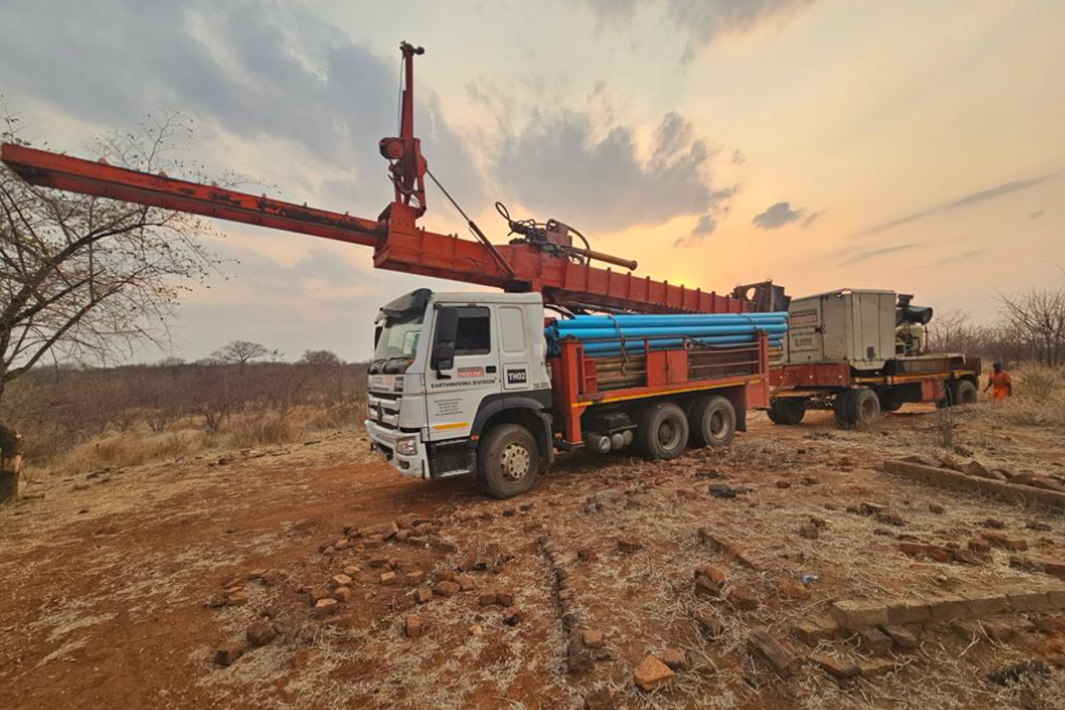
October 30, 2023
Breakthrough quarter as drilling success puts Mavis Lake on a clear path to further resource growth and development
Lithium exploration and project development company Critical Resources Limited ASX:CRR (“Critical Resources” or “the Company”) is pleased to report on its activities for the quarter ended 30 September 2023 (“the Quarter”).
Highlights
- Spectacular drilling results at the Mavis Lake Lithium Project throughout the Quarter, including:
- Drill Hole MF23-207 with 74.4m @ 1.18% Li2O from 176.15m down-hole;
- Drill Hole MF23-210 with 41.25m @ 1.25% Li2O from 208.3m down-hole;
- Drill Hole MF23-211 with 41.0m @ 1.18% Li2O from 206.6m down-hole;
- Drill Hole MF23-213 with 50.2m @ 1.28% Li2O from 203.6m down-hole; and
- Drill Hole MF23-214 with 65.45m @ 0.84% Li2O from 186.25m down-hole, including 25.85m @ 1.30% Li2O from 214m down-hole.
- The consistent, thick, high-grade drilling results confirm and extend the Swell Zone discovery, setting the pathway for future significant resource growth.
- Mapping and sampling at the Gullwing and Tot pegmatite fields delivered excellent results with spodumene-bearing pegmatite rock-chip samples returning grades from 2.2% Li2O to 3.2% Li2O.
- Key appointments bolstered the management team with hard-rock lithium project delivery and operations expertise, supporting continued project development efforts and environmental studies.
- Successful AUD$10.2M capital raising completed, underpinning ongoing programs to drive resource growth and project development.
During the Quarter, the Company remained firmly focused on the development of its 100%-owned flagship asset in Canada, the Mavis Lake Lithium Project (“Mavis Lake”), with highly successful resource drilling programs following up the breakthrough discovery of the Swell Zone.
Drilling throughout the quarter was focused on in-filling and extending this important new zone of mineralisation, establishing a clear pathway for continued resource growth at Mavis Lake.
Click here for the full ASX Release
This article includes content from Critical Resources, licensed for the purpose of publishing on Investing News Australia. This article does not constitute financial product advice. It is your responsibility to perform proper due diligence before acting upon any information provided here. Please refer to our full disclaimer here.
CRR:AU
The Conversation (0)
21 June 2022
Critical Resources
High-grade Lithium Portfolio, in a Tier 1 Location, Aligned with the World’s Green Energy Transition
High-grade Lithium Portfolio, in a Tier 1 Location, Aligned with the World’s Green Energy Transition Keep Reading...
9h
SQM, Codelco Seal Landmark Lithium Joint Venture in Salar de Atacama
Sociedad Quimica y Minera (SQM) (NYSE:SQM) and Codelco have finalized their long-awaited partnership, forming a new joint venture that will oversee lithium production in Chile’s Salar de Atacama through 2060.SQM announced on Saturday (December 27) that it has completed its strategic partnership... Keep Reading...
24 December
Altius Minerals to Expand Portfolio with C$520 Million Lithium Royalty Deal
Altius Minerals (TSX:ALS,OTCQX:ATUSF) is making a bet on a lithium market recovery, agreeing to acquire Lithium Royalty (TSX:LIRC) in a C$520 million deal that will expand its exposure to battery metals.Under a definitive agreement announced by the two companies on Monday (December 22), Altius... Keep Reading...
23 December
Liontown's First Tjiwarl Member Completes Apprenticeship at Kathleen Valley
Liontown (ASX:LTR,OTC Pink:LINRF) has reached a milestone at its Kathleen Valley operations, with Vaughan Harris becoming the first Tjiwarl community member to complete an apprenticeship with the company.“Being the first Tjiwarl apprentice to complete an apprenticeship here at Liontown feels... Keep Reading...
22 December
Lithium Market 2025 Year-End Review
The global lithium market endured a bruising 2025, with persistent oversupply and softer-than-expected electric vehicle (EV) demand driving prices for the battery metal to multi-year lows.Lithium carbonate prices in North Asia slipped below US$9,550 per metric ton in February — their weakest... Keep Reading...
11 December
Mining the Gap: 5 Forces Shaping North America’s Lithium Supply Chain
A convergence of industry investments, government initiatives and a shifting global trade dynamic is creating an environment ripe for the development of a North American battery supply chain, with lithium playing a leading role. These trends are reshaping the region’s industrial base and opening... Keep Reading...
10 December
Rock Bottom: Strategic Window for Ground-level Lithium Investment
When lithium prices hit bottom, savvy investors know that’s exactly where the next big discovery begins — literally. Beneath the surface of global markets and remote exploration grounds, new opportunities are forming in the wake of a sharp price reset and renewed geopolitical urgency.Recent... Keep Reading...
Latest News
Interactive Chart
Latest Press Releases
Related News
TOP STOCKS
American Battery4.030.24
Aion Therapeutic0.10-0.01
Cybin Corp2.140.00






